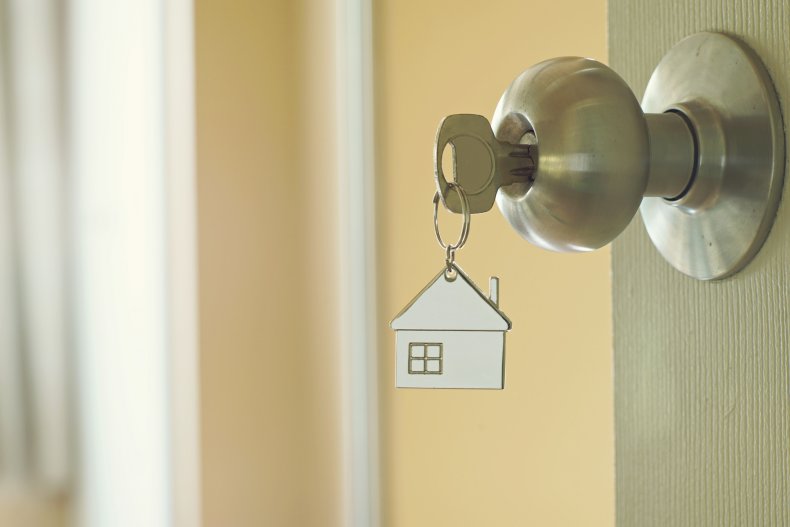This story is part of Home Tips, CNET’s collection of practical advice for getting the most out of your home, inside and out.
Among many things, the pandemic revealed the importance of having a reliable internet connection. It’s essential for working from home, keeping up with schoolwork for remote learning and keeping us entertained when we can’t (or can’t afford to) gather socially. But home internet service isn’t exactly cheap — in many cases, people can struggle just to get connected.
Previously, a temporary subsidy program called the Emergency Broadband Benefit was established to help low-income families and those who had lost income during the early days of the COVID-19 pandemic. In 2022, the EBB was shuttered and replaced with the Affordable Connectivity Program, one of several broadband-focused initiatives in the $1.2 trillion infrastructure bill signed by President Joe Biden in November 2021.

Like the EBB, the ACP aims to help households afford the internet connections desperately needed to keep pace with a rapidly changing world. Those who qualify will receive a discount of $30 a month off their internet bill. That amount goes up to $75 a month for households on Tribal lands. As of the start of September, over 13.5 million households in the US have signed up.
Scores of internet service providers have committed to being involved with the ACP. For example, the White House in May announced 20 providers across the US that have committed to offering plans with a minimum of 100 megabits-per-second download speeds for $30 or less. In total, approximately 1,600 ISPs are participating in the ACP. You can check the Federal Communications Commission’s state-by-state list to determine which ISPs are available in your area. There’s a government website, getinternet.gov, to help you navigate the ins and outs of this benefit. Let’s walk through what else you need to know to take advantage of the ACP.
First step: Find out if you qualify
Not everyone is eligible for the ACP. It’s intended to help low-income households afford broadband connections for school, work, health care, utilities and other services. Thus, at least one home member must meet the criteria for the household to participate.
First, if you or anyone in the household participates in the federal Lifeline program, you’ll also be eligible to participate in the ACP. This is particularly notable because, through the Lifeline program, you can receive a discount of just over $9 a month on your internet service (and just over $34 a month for those on Tribal lands). Any funds from the ACP will be an additional discount to what you receive via Lifeline. It also helps you skip a step, which I’ll describe shortly.
If you’re not taking advantage of Lifeline, other programs can qualify you for the ACP. If you or anyone in your household currently participates in particular government assistance plans — including Federal Public Housing Assistance, Medicaid, Supplemental Nutrition Assistance Program, Supplemental Security Income and Special Supplemental Nutrition





